#Peacebell no. 3 - koblenz Peacebell
If we forge metals from used weapons into a bell, then only in order to forge agitation and hearts full of hatred into mutual respect.“ (Michael Patrick Kelly)
In both world wars, around 150,000 church bells were fused for weapons production. Church bells were also confiscated in Koblenz to be used in armaments production.
The #PeaceBell is reversing this process: War scrap that was recovered in the area flowed into the Koblenz PeaceBell. The bell sets a sign for peace, against violence and misanthropy.
Michael Patrick Kelly had the idea. With his #PeaceBell project he wants to draw attention to the importance of turning away from radicalism and polarizing tendencies in society and to the fact that peace means more than the mere absence of weapons.
Made possible by:
Koblenzer Kulturverein e.V. (Koblenz Cultural Association)
Supported by:
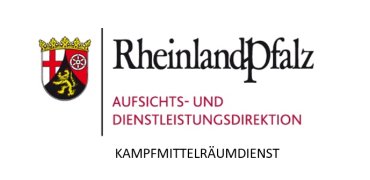
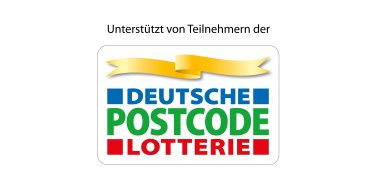


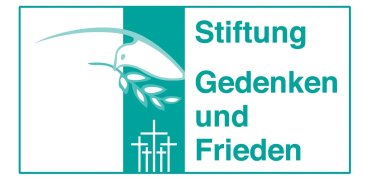
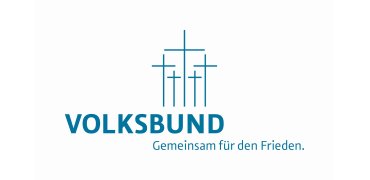
History
100 years after the end of World War I, Michael Patrick Kelly let the first #PeaceBell cast. In November 2018 it was unveiled in the Christ Church in Mainz.
The artist collected weapons from the First World War in the area around Verdun, in France and had them melted down into a bell. In both world wars, the armament industry used thousands of church bells in order to make weapons.
Bells that were once meant to call people together are now tearing them apart. Michael Patrick Kelly has reversed this process and presents the #PeaceBell as a symbol of change: More than ever, the peace bell should also prevent from repeating the mistakes of the past. Therefore, Kelly wants to use the project to draw attention to the importance of turning away from radicalism and polarizing tendencies in society and to the fact that peace means more than the mere absence of weapons.
The #PeaceBell is a universal instrument of peace that is supposed to hold people from different political, religious and cultural backgrounds together", says Kelly.
Church bells were also confiscated in Koblenz during both world wars and deposited in the inner courtyard of the town hall in order to melt them down and use them for armaments production. Corresponding files and photographs can be found in the city archives.
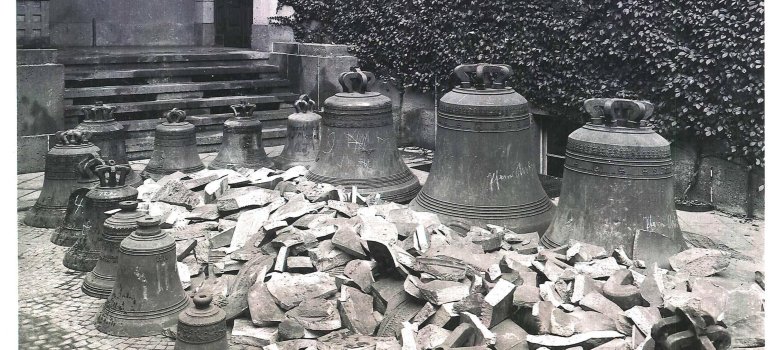
Due to the geostrategic location on the Rhine and Moselle with bridge crossings and existing fortifications, the city of Koblenz and surroundings were constant targets of military attacks during World War II. It is currently frequent that bombs are found during earthworks and when the level of the Rhine is low. Remains of military weapons and ammunition can also be found in forests and fields.
The explosive ordnance disposal service provided debris of war from the area, which were poured into the Koblenz PeaceBell.
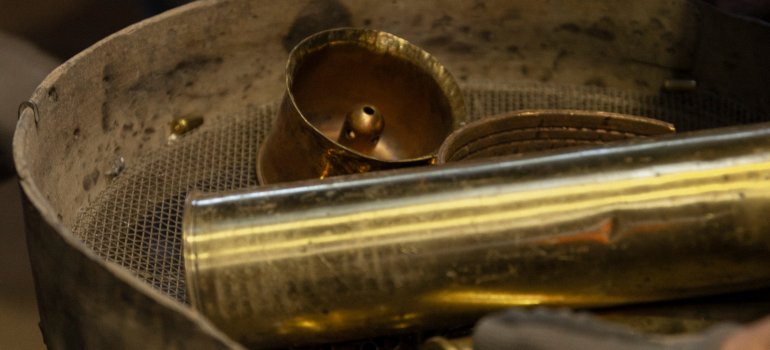
The #PeaceBell project has developed from the idea of a peace symbol to an extensive social project with a wide reach, the overriding theme of which is social cohesion and peace.
The Koblenz PeaceBell is #PeaceBell No. 3. It follows the first #PeaceBell by M.P. Kelly from 2018 and the second #PeaceBell from 2020, which the community Maria-Magdalena in Mainz-Lerchenberg had made. The fourth PeaceBell will be presented in Vienna in 2021.
